5 Things to Do in Little Tokyo, California
Never been before? We’ll be your trustee Little Tokyo guide with a day’s worth of fun things to do in Little Tokyo.
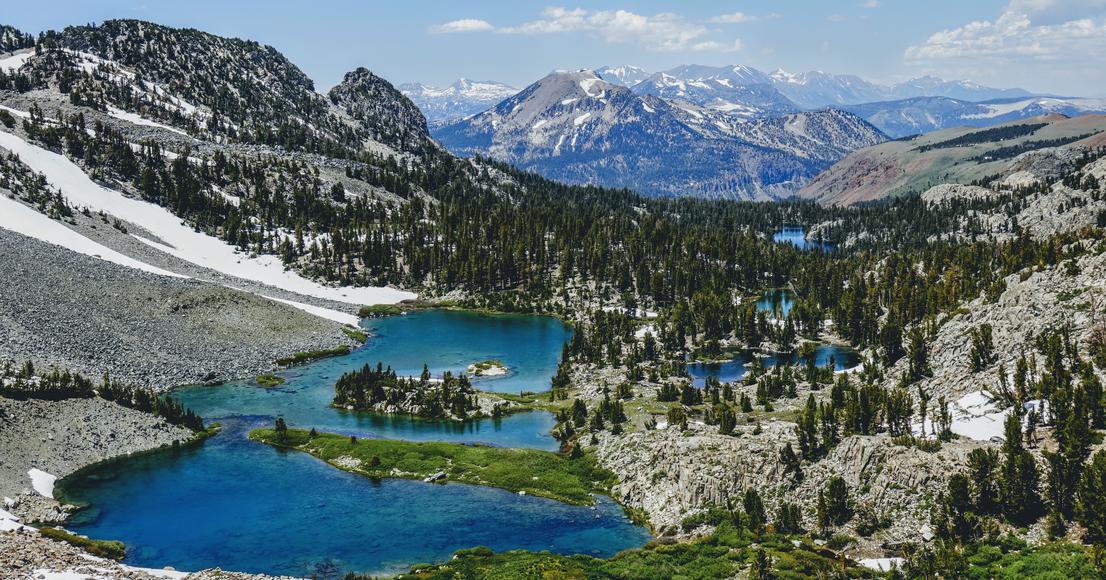
Here's the type of gear needed to conquer the Pacific Crest Trail and the amount of money hikers can expect to spend during their journey.
Beige dirt trails extend in either direction as far as the eye can see, traversing every type of landscape, from arid deserts to snowy mountain passes. Yes, you’re about to hike the Pacific Crest Trail (PCT), one of the world's most beautiful yet challenging trails. Do you remember Reese Witherspoon playing Cheryl Strayed in the critically acclaimed movie Wild? In the film, she successfully hiked a large portion of the PCT, yet she went through the trouble mainly due to a lack of experience and preparation. All that makes you realize that you need to be fully prepared before embarking on the journey of a lifetime — this is not a short California backpacking trip, after all. But, regardless of the challenging circumstances, this journey on the Pacific Crest Trail is entirely mind over matter, and we’ll prepare you for it.
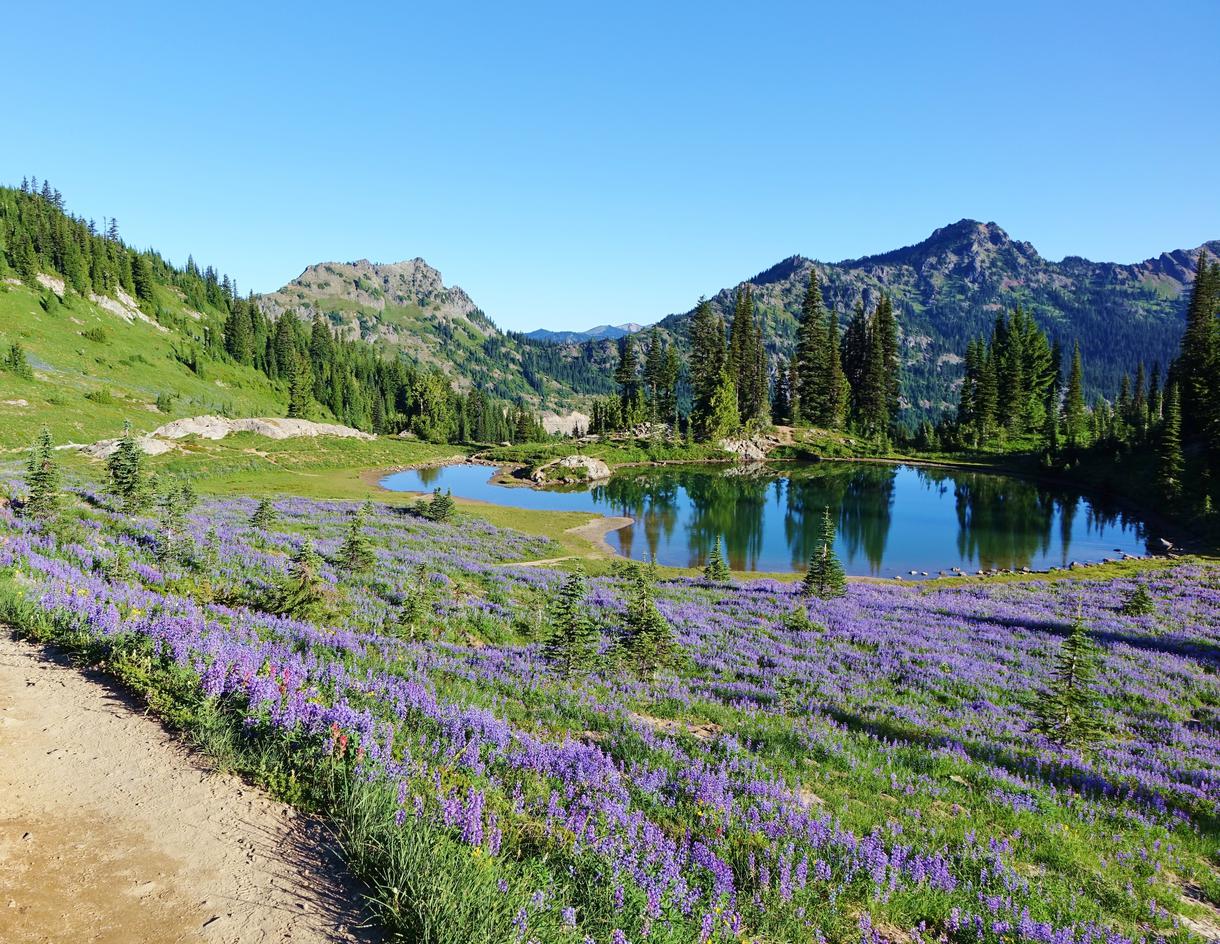
Extending approximately 2,600 miles from the Mexican border to Canada, the PCT passes through California, Oregon, and Washington. The Pacific Crest Trail length changes annually to accommodate for better scenery, improve Treadway, and move the trail away from dangerous conditions such as wildfires.
The trail will take you through about 60 major mountain passes and past the three deepest lakes in the country. If you shorten the trip to only the California portion, you will see just one of these lakes, Lake Tahoe, but will still hike approximately 1,691.7 miles — more than half of the PCT’s entire span. Starting at the Pacific Crest Trail Southern Terminus, in the small town of Campo on the California-Mexico border, allows you to travel through the whole state and provides the comforts of a less-harrowing journey. Approximately 90 percent of the trail thru-hikers go northward because the weather and additional logistics are less challenging than traveling south.
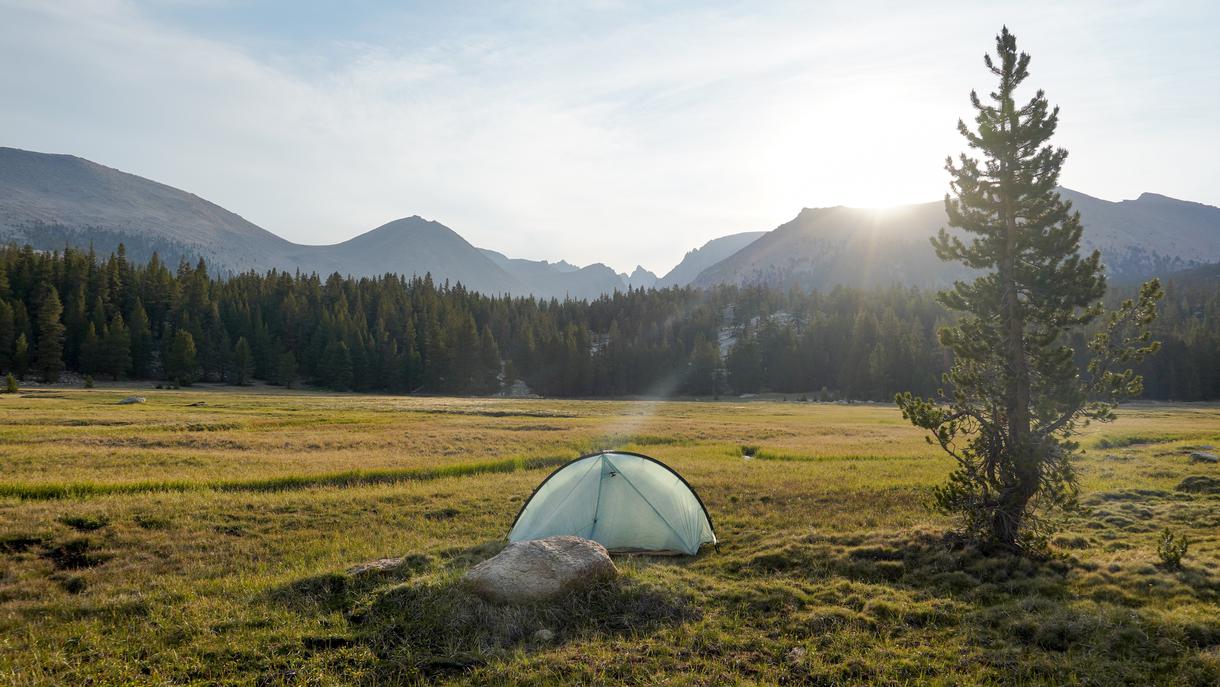
Traversing the entire distance takes most hikers between four and six months, but some highly experienced thru-hikers have been known to finish the trail in as little as two months. To be able to complete the whole trail in two months, you’ll be looking at hiking close to 44 miles a day, which, to be fair, only a highly experienced hiker can do. Meanwhile, a less experienced hiker in long-distance hiking might be able to cover the length of the Pacific Crest Trail in approximately five months, averaging around 18 miles a day.

Does your business rank among the best in California?
nominate a businessLearn more about our selection criteria and vetting process.
Hiking the Pacific Crest Trail is an enriching experience. Still, it requires significant preparations, making it anything but a spontaneous adventure. Contrary to popular opinion among those who have yet to complete the PCT, conquering the hike does not come cheap. Trail-goers typically spend about $6,000 to trek the whole way, but for inexperienced hikers purchasing everything for the first time, the cost can easily exceed $10,000. These expenses can be broken down into several categories to help you plan more accurately.

Estimated cost: $2,000 to $4,000

Estimated cost: $2,600 at $1 per mile, or approximately $20 per day.

Estimated cost: Approximately $75 per day.
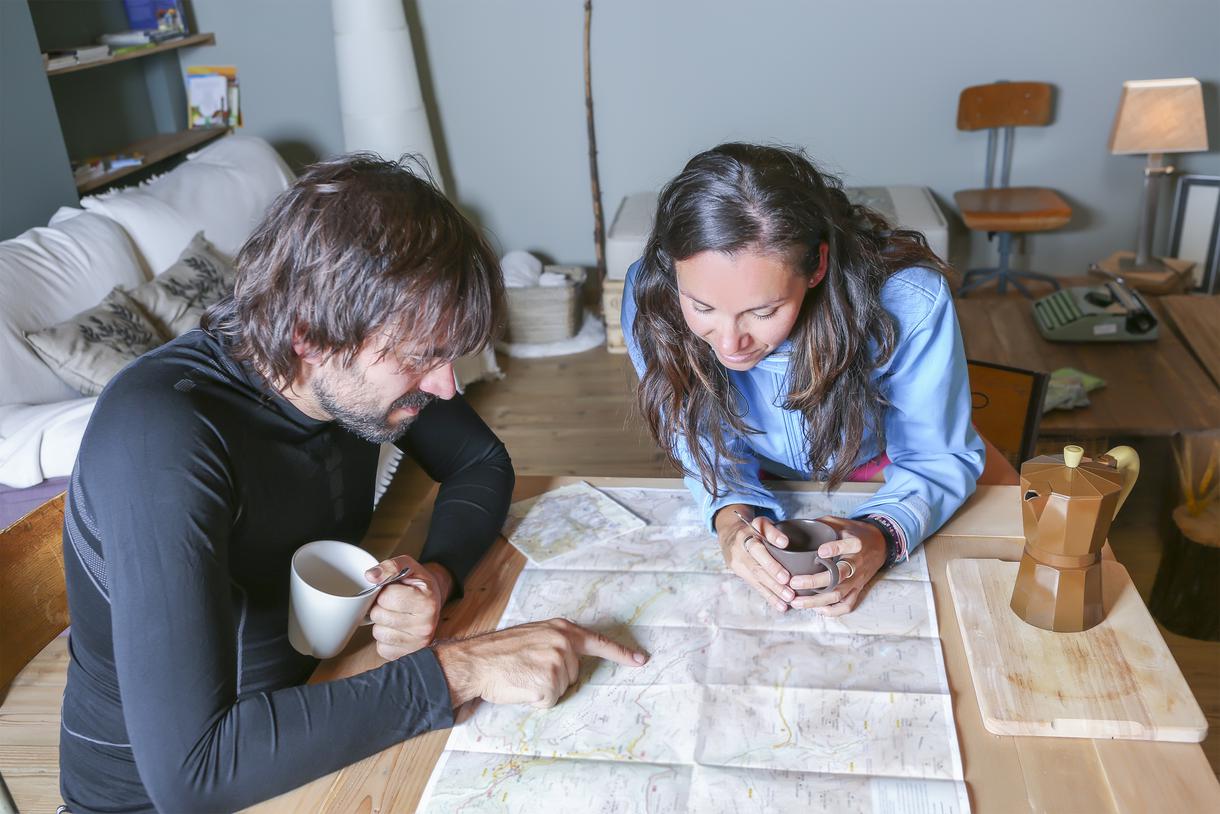
If you already have many of these essential supplies and are financially prepared to take on the challenge, the rest of the experience depends on patience and determination. Before you embark on this life-changing journey, be familiar with the permits necessary for hiking the Pacific Crest Trail.
Disclaimer: California.com is not receiving any type of compensation for reviewing any of the products or services mentioned in this article.


Never been before? We’ll be your trustee Little Tokyo guide with a day’s worth of fun things to do in Little Tokyo.

People go on Memorial Day weekend getaways as an indirect celebration of life. How do you plan on celebrating the long weekend?
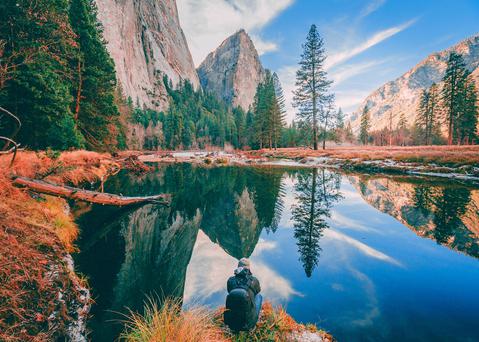
From undulating mountains, to coastal expanses, to verdant forests, here are some of the top spots for backpacking in California.

Settled off the California coast, the Channel Islands offer endless adventures. Here are the best things to do and how to get there.

